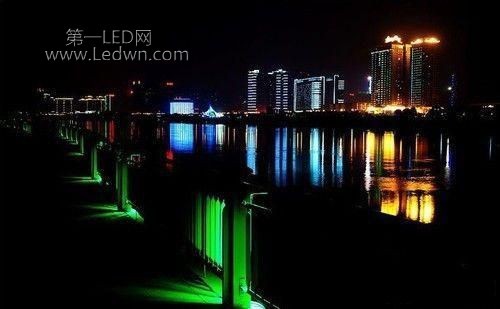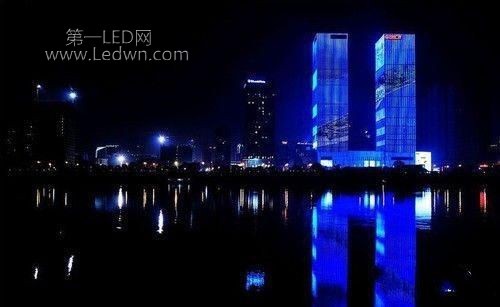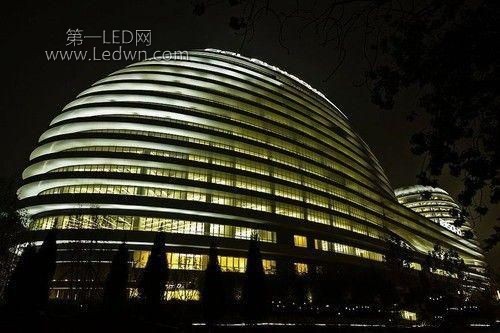With the rapid development of the economy, people's living standards are constantly improving, and the pressures of life and work are getting bigger and bigger. In addition to intense work and study, people need a green space away from the hustle and bustle of the city to relax.
Therefore, the open garden space in the city is more and more popular. The emphasis on such “urban oasis†landscape lighting design has also increased. The following is a brief introduction to some of the commonly used methods in landscape lighting design from the two aspects of "general steps of landscape lighting design" and "design performance of different types of landscapes".
General steps for landscape lighting design
(1) Analysis of relevant information
1. Understand the humanities and history of the city where the garden is located; examine the landscape lighting features of the surrounding gardens.
2. Understand the design orientation of the landscape architect by the landscape architect.
(2) Proposing the design concept
1. Analyze the surrounding environment and landscape features of the garden, and summarize the elements that are useful for landscape lighting design.
2. Put forward the concept of landscape lighting design.
(3) Conducting lighting analysis
1. Analysis of the route of the garden, and the relationship between the visual focus of the visitors viewing the garden according to the tour line and the relationship between the landscape nodes on the tour line. (Simply introduce, the implementation of functional lighting)
2. Functional analysis of the landscape nodes, deducing the design style of each node in the park and the brightness that must be achieved when implementing landscape lighting.
3. Analysis of the main scenes. According to the analysis of the route of the garden and the functional analysis of the landscape nodes, several main viewpoints in the garden are extracted to form a large visual scene.
(iv) Deepening lighting design
In the process of deepening the design, the landscape lighting design of each scene must be closely related to the overall design concept. Under the guidance of the above landscape lighting analysis, the design should be based on the relationship between the primary and secondary of the landscape nodes, the strength of the landscape lighting, and the observed order.
Design performance of different types of landscapes
(i) Night illumination of buildings
The night illumination of buildings, the most commonly used are floodlighting, contour lighting, and internal light-transmitting lighting.
The floodlighting of the building's façade is to directly illuminate the facade of the building with a projection (flooding) lamp at a certain angle calculated by the design, reshaping the image of the building at night. The effect can not only show the whole picture of the building, but also can effectively express the shape, three-dimensionality, stone material and material texture, and even the decoration detail of the building.
Floodlighting
Floodlighting is not simply to reproduce the daytime image of a building. Instead, it uses the means of light, color, and shadow of the floodlighting to reshape the building's more attractive, pretty, and majestic image at night.


Contour lighting
Architectural outline lighting is to directly outline the building with line light sources (string lights, neon lights, light-resistant lights, light pipes, LED light bars, all-body light-emitting fibers, etc.). Illuminating the edge of a building with a narrow beam of light also serves to outline the outline.


(2) Night illumination of the square
The shape and area of ​​the square are neither fixed nor varied. The lighting must be grasped on the premise of satisfying the functional lighting. According to the inherent characteristics of the square, the function of the square can be fully utilized.

Square landscape lighting, first of all, the landscape lighting of the buildings around the square and the lighting of the square parts should be unified. The lighting of the squares and the roads around the squares should be coordinated, and the inherent culture should be unified.
The main lighting of the square includes: fountains, square floors and markers, arrays of trees, entrance and exit lights of underground shopping malls or subways, and ambient lighting such as surrounding green spaces and flower beds.